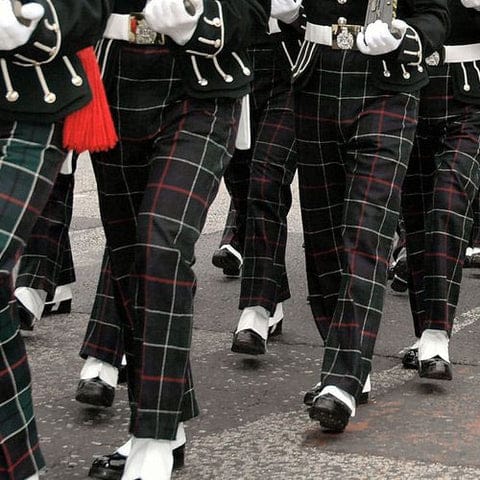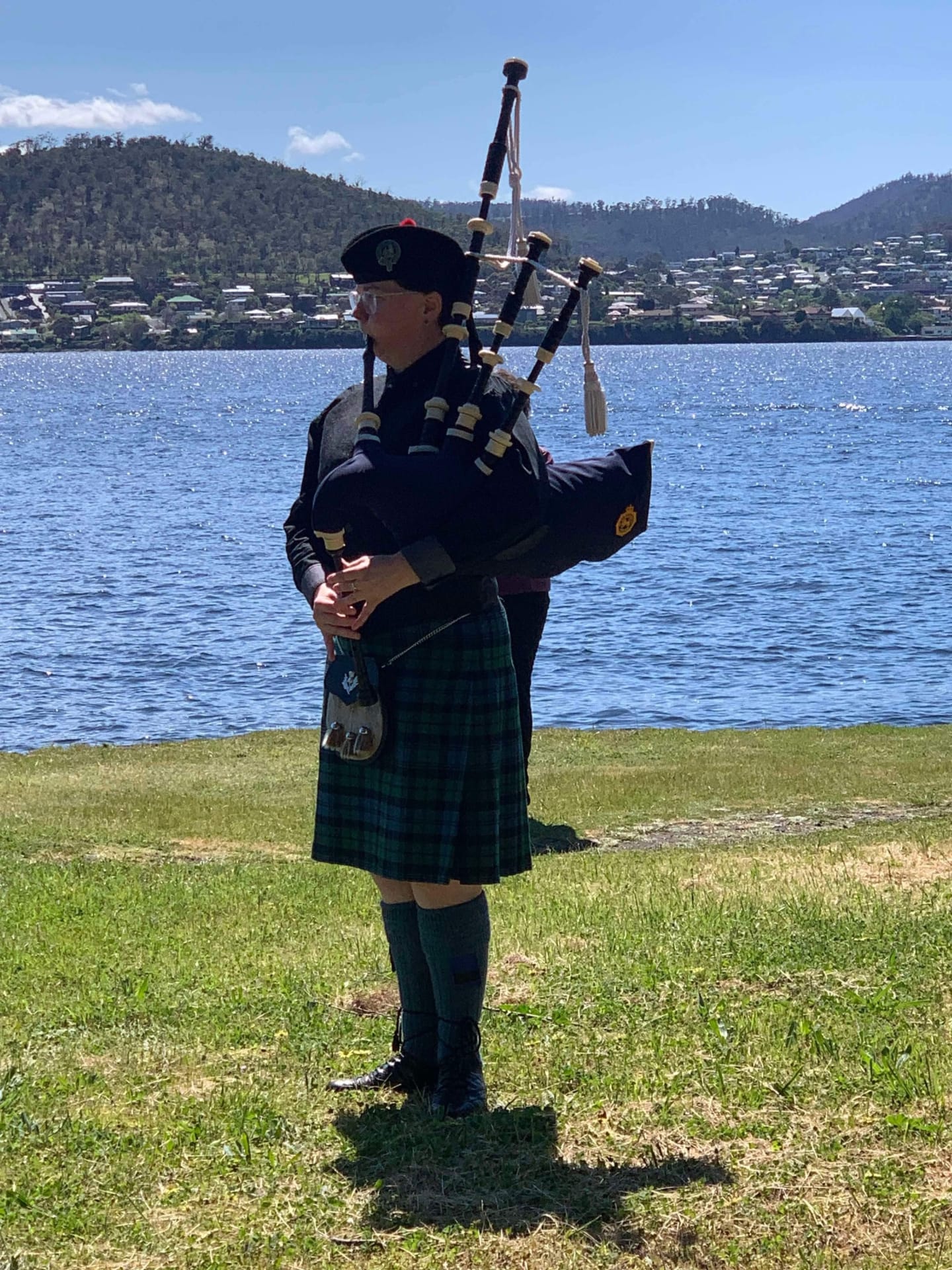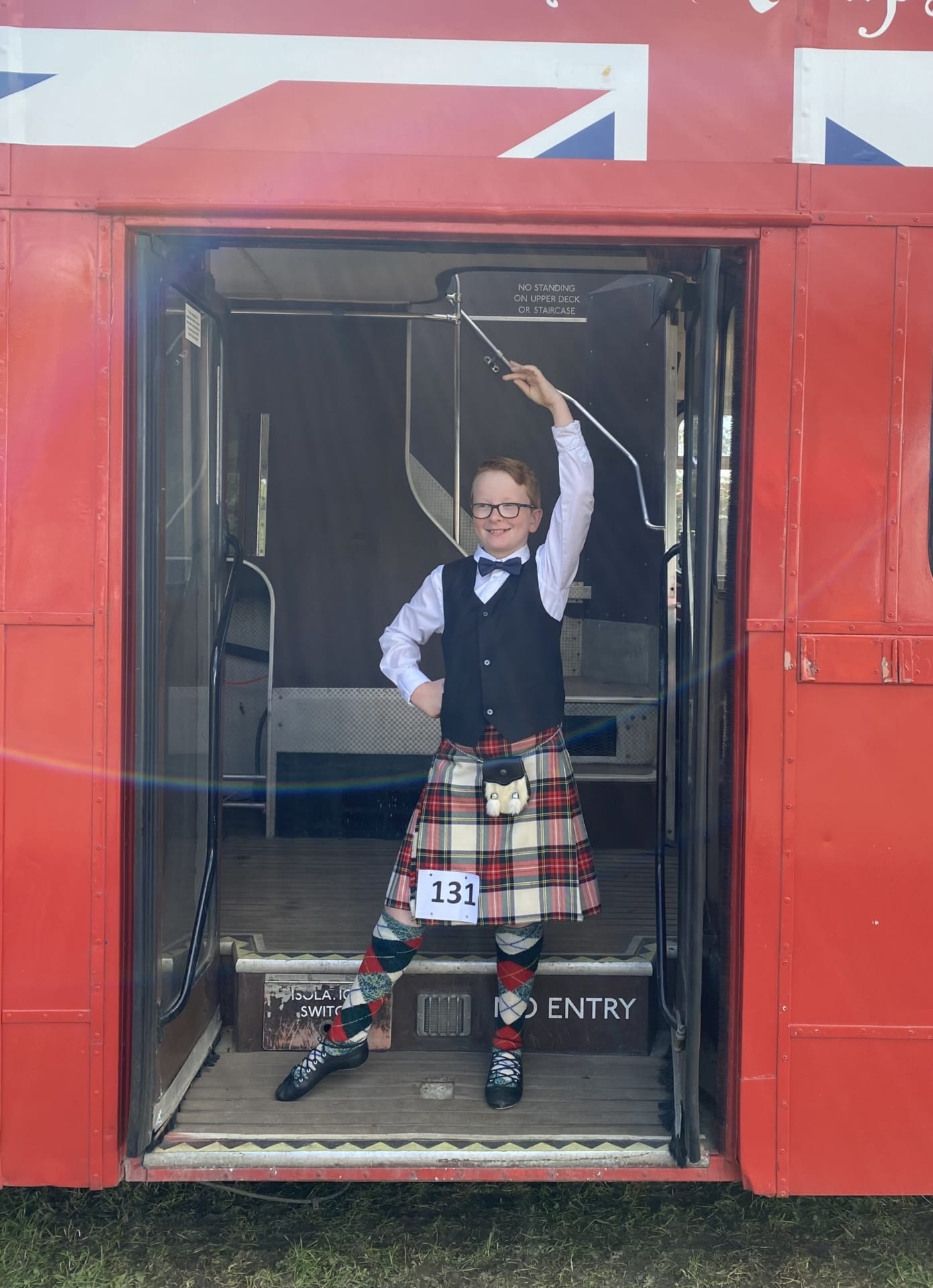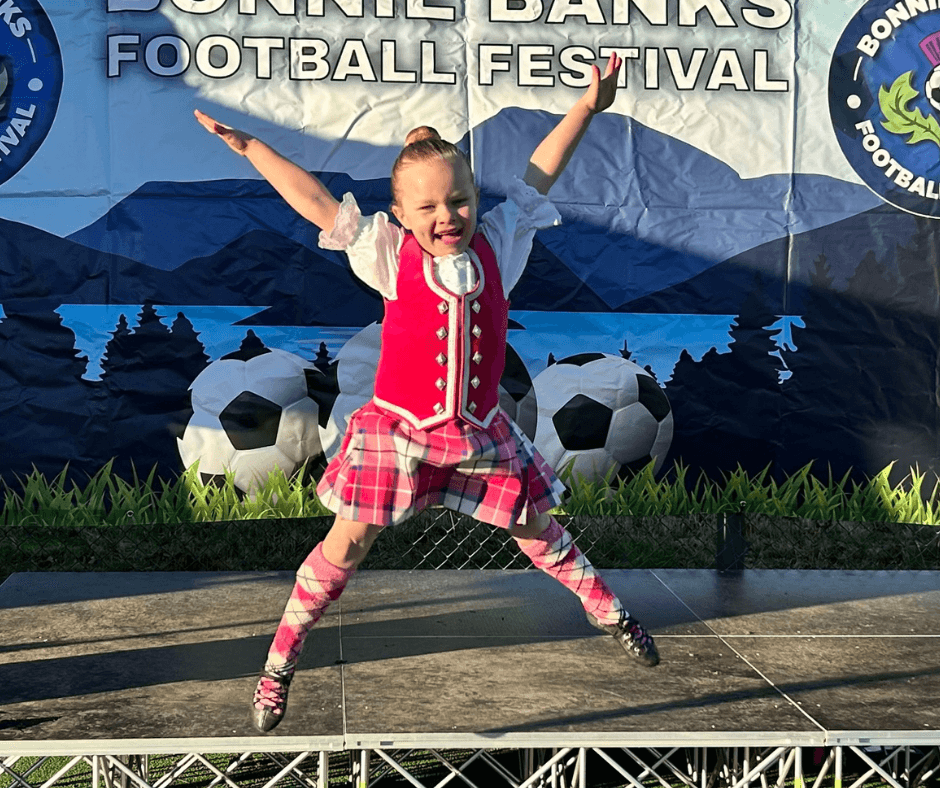Seann Triubhas Shedding the Past, Embracing Freedom
Introduction
The Scottish Highland dance Seann Triubhas (pronounced “shawn trew-ess”) is far more than a traditional performance—it’s a poignant embodiment of national spirit, cultural endurance, and historical defiance. Translating to “old trousers” in Scottish Gaelic, this elegant yet powerful dance encapsulates a nation’s journey through suppression, resistance, and ultimate cultural resurgence.

A Dance Born from Rebellion
To fully appreciate Seann Triubhas, we must journey back to one of the darkest chapters in Scottish history: the Jacobite uprising of 1745. Led by Charles Edward Stuart—Bonnie Prince Charlie—this last great attempt to reclaim the British throne for the House of Stuart ended in heartbreak with the brutal defeat at the Battle of Culloden in 1746.
In the aftermath, the British government cracked down hard on Highland culture, determined to extinguish the warrior spirit of the clans. The infamous Act of Proscription (1746) banned the wearing of kilts, tartan, and other Highland regalia, as well as the playing of bagpipes—an act tantamount to silencing the very heartbeat of a people.

The Ban on Scottish Identity
For four decades, traditional Highland attire was outlawed. But this was not simply about fashion—it was about identity. The kilt had long been a symbol of clan allegiance, heritage, and pride. Forcing Highlanders into English-style trousers was a calculated move to break their spirit and sever their connection to centuries of cultural tradition.
Imagine generations growing up in the glens and straths of Scotland, unable to wear the garments their ancestors had worn with pride. The prohibition wasn’t just an inconvenience; it was a cultural trauma.

Seann Triubhas: A Dance of Celebration and Resistance
When the ban was finally lifted in 1782, the response was not just relief—it was jubilation. And Highlanders, whose culture had survived through whispers and quiet defiance, took to the stage and the hillsides not just to dress the part again, but to dance.
Seann Triubhas was born of this moment. The dance is widely believed to have been choreographed in celebration of the repeal, and as a dramatic, symbolic act of casting off the hated trousers. It became both a personal and communal reclaiming of identity.
In every performance, dancers re-enact this act of defiance: the rejection of imposed clothing, and the return to the kilt—the proud badge of Highland resilience.

Movements with Meaning
Structurally, Seann Triubhas unfolds in two contrasting sections, each rich with symbolism. The opening movements are composed, controlled, and precise—elegant gestures that evoke the awkwardness and discomfort of the enforced attire. There’s a subtle tension in these early steps, a restraint that reflects both the literal restriction of trousers and the emotional weight of cultural suppression.
Then, the dance transforms. With a burst of energy, the dancer launches into high leaps and spirited footwork—vigorous movements that signal freedom, release, and pride. The trousers are metaphorically cast aside, and the dancer reclaims the space in the traditional Highland attire, moving with joy, confidence, and renewed identity.
It’s not just dance—it’s storytelling without words. A physical manifestation of historical struggle, and the emotional liberation that comes with cultural reclamation.

A Living Legacy
Today, Seann Triubhas continues to be a cornerstone of Highland dance competitions and performances around the world. But beyond the precision and athleticism it demands, it serves a deeper purpose.
Each dancer, whether performing on a world stage or at a local Highland games, steps into the role of storyteller. They embody centuries of history, echoing the silent resistance of ancestors and celebrating the culture they fought to preserve. The dance is at once a tribute to those who endured and a living, moving testament to the survival of the Scottish spirit.

Conclusion
The Scottish Highland dance Seann Triubhas is more than choreography—it’s a cultural legacy in motion. It tells a story of loss and recovery, of suppression and joyful defiance. As kilts whirl and feet leap skyward, the dance reminds us that heritage, once stripped away, can return even more defiantly than before.
To witness Seann Triubhas is to see history alive—and to feel the pulse of a people who refused to be forgotten.